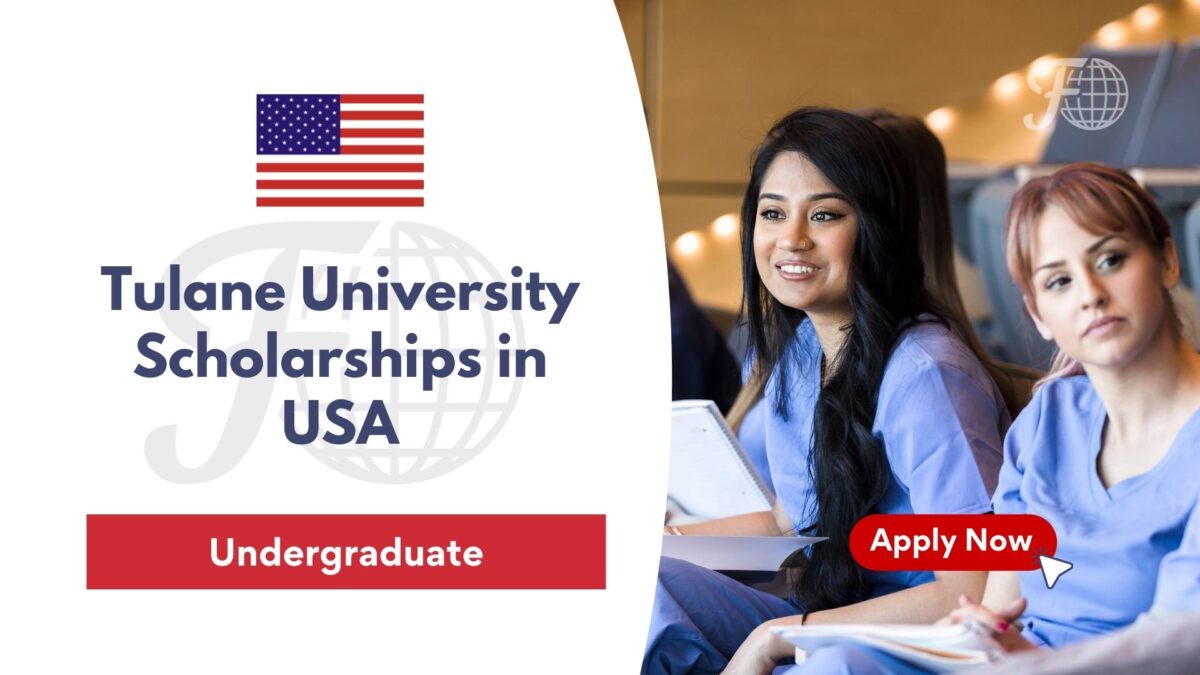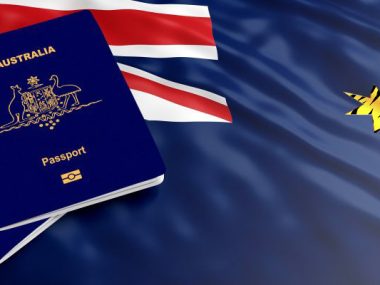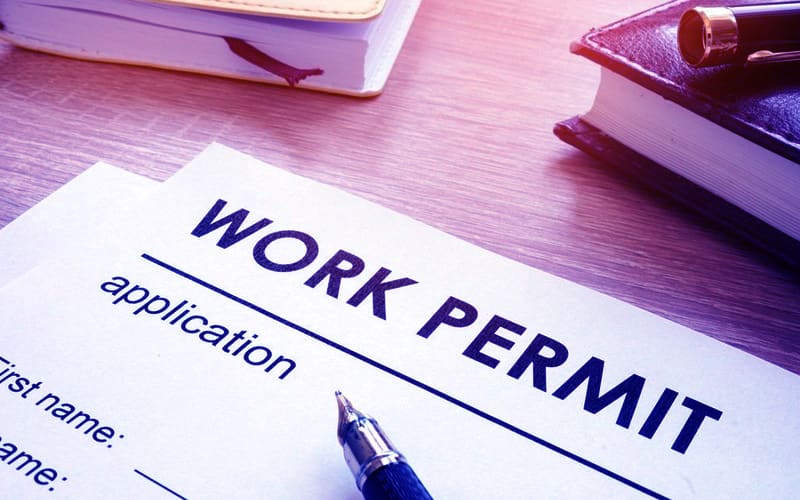Studying in the United States offers an unparalleled opportunity to gain a world-class education while immersing yourself in a diverse and dynamic cultural environment. For international students, securing a U.S. student visa is a crucial step toward achieving these goals. In 2024, the process for obtaining a U.S. student visa, primarily the F-1 visa, has certain requirements and steps that must be meticulously followed.
This comprehensive guide will walk you through everything you need to know about the USA student visa process for 2024, including types of visas, requirements, fees, and application procedures.
Types of USA Student Visas
1. F-1 Visa
The F-1 visa is the most commonly sought visa for international students who wish to study at accredited U.S. institutions. This visa is designed for full-time academic study at colleges, universities, language training programs, and some nonacademic programs. Key features include:
– Full-Time Study: Allows students to enroll in a full-time course of study at an SEVP-approved institution.
– Optional Practical Training (OPT): After graduation, F-1 visa holders can apply for OPT, permitting up to 12 months of work experience related to their field of study. For STEM graduates, an additional 24-month extension is available.
2. J-1 Visa
The J-1 visa is intended for exchange visitors participating in approved cultural exchange programs. This visa is broader in scope and includes:
– Educational Exchange: Covers a wide range of educational activities, including high school and university studies, internships, and research.
– Academic Training (AT): Similar to OPT, AT allows for practical training related to studies, though eligibility and duration can vary by program.
3. M-1 Visa
The M-1 visa is tailored for students attending vocational or technical schools. Key aspects include:
– Vocational Training: Designed for non-academic programs such as mechanical studies or technical courses.
– Work Restrictions: Unlike F-1 visa holders, M-1 students are not permitted to work during their studies, except under specific conditions.
USA Student Visa Requirements for 2024
To successfully apply for a U.S. student visa, you must meet several requirements. Here’s a detailed breakdown:
1. Acceptance to a SEVP-Approved Institution
The first step is to gain acceptance from a Student and Exchange Visitor Program (SEVP)-approved institution. Once accepted, the school will issue a Form I-20, which is crucial for your visa application.
2. SEVIS Fee Payment
Before scheduling your visa interview, you must pay the SEVIS fee. This fee, essential for maintaining the Student and Exchange Visitor Information System (SEVIS) database, helps track students and exchange visitors in the U.S.
– F-1 and M-1 Visa SEVIS Fee: $350
– J-1 Visa SEVIS Fee: $220
3. Completed Visa Application
Fill out the DS-160 form, the online nonimmigrant visa application. Ensure that all information is accurate and matches the details provided in your Form I-20.
4. Valid Passport
Your passport should be valid for at least six months beyond your intended stay in the U.S. If it is not, renew it before applying for the visa.
5. Visa Interview
Schedule and attend a visa interview at the nearest U.S. embassy or consulate. Be ready to discuss your academic plans, financial situation, and your intent to return to your home country after completing your studies.
6. Financial Evidence
Provide proof of sufficient funds to cover tuition, living expenses, and other costs for the duration of your studies. This can include bank statements, scholarship letters, and financial affidavits.
7. Supporting Documents
Gather and prepare additional documents such as:
– Academic Transcripts: Proof of previous academic achievements.
– Standardized Test Scores: TOEFL, IELTS, or other relevant tests.
– Statement of Purpose: A letter of intent outlining your academic goals and reasons for choosing the U.S.
8. Passport-Sized Photos
Submit recent passport-sized photos as per the specifications outlined in the visa application guidelines.
Duration of the USA Student Visa
Understanding the duration of your student visa is crucial for planning your stay in the U.S.:
1. F-1 Visa
– Duration: Valid for the length of your academic program plus a 60-day grace period.
– OPT: Allows for up to 12 months of work experience post-graduation, with a 24-month extension for STEM fields.
2. J-1 Visa
– Duration: Valid for the length of the exchange program, plus a 30-day grace period for travel or departure.
– Program-Specific: The maximum stay varies by program.
3. M-1 Visa
– Duration: Valid for the length of the vocational program, up to one year, with a possible extension of up to three years.
– Grace Period: Includes a 30-day grace period after program completion.
USA Student Visa Processing Time
Understanding the processing timeline can help you plan your application effectively:
1. Form I-20 Issuance
After acceptance to an SEVP-approved institution, obtaining the Form I-20 typically takes a few weeks.
2. SEVIS Fee Payment
This can be completed online immediately.
3. Visa Application (DS-160)
Filling out the DS-160 form online may take a few hours. Once submitted, you can schedule your visa interview.
4. Visa Interview Appointment
Wait times for interview appointments vary by location and season, ranging from a few days to several weeks. Check the U.S. embassy or consulate website for specific wait times.
5. Visa Processing
After the interview, visa processing generally takes a few days to a few weeks. This period includes administrative processing and background checks.
USA Student Visa Fee
The fees associated with the U.S. student visa application include:
1. SEVIS Fee
– F-1 and M-1 Visa: $350
– J-1 Visa: $220
2. Visa Application Fee
– Non-Refundable Fee: $185
This fee is required for processing your visa application and is non-refundable, regardless of the outcome.
How to Apply for a Student Visa in the USA
Here is a step-by-step guide to applying for a U.S. student visa:
1. Acceptance by a SEVP-Approved School
Secure acceptance from an SEVP-approved institution in the U.S. The school will provide you with a Form I-20.
2. Pay the SEVIS Fee
Complete the SEVIS I-901 fee payment online to maintain your information in the SEVIS database.
3. Complete the DS-160 Form
Fill out the DS-160 online nonimmigrant visa application form, ensuring all details are accurate. Save the confirmation page with the barcode.
4. Pay the Visa Application Fee
Pay the non-refundable visa application fee of $185 and keep the receipt as proof of payment.
5. Schedule a Visa Interview
Schedule an interview at the nearest U.S. embassy or consulate. The waiting time can vary, so it is advisable to plan ahead.
6. Gather Required Documents
Prepare and organize all necessary documents, including:
– Form I-20
– DS-160 confirmation page
– Valid Passport**
– Recent passport-sized photos
– Visa application fee receipt
– SEVIS fee payment receipt
– Proof of financial support
– Academic transcripts and standardized test scores
– Statement of purpose or letter of intent
7. Attend the Visa Interview
Attend the interview with all required documents. Be prepared to discuss your study plans, financial situation, and your ties to your home country.
8. Visa Processing
After the interview, your application will undergo processing. If approved, your passport will be returned with the visa stamped inside. This can take a few days to a few weeks, depending on the complexity of your case.
9. Prepare for Departure
Once you receive your visa, finalize your travel arrangements and ensure you have all necessary documents for entry into the U.S.
Conclusion
Securing a U.S. student visa in 2024 involves careful planning and adherence to specific requirements. By understanding the types of visas, requirements, and application procedures, you can navigate the process more effectively. Remember to prepare thoroughly for the visa interview and gather all necessary documentation to enhance your chances of approval. With the right preparation, you’ll be well on your way to experiencing the exceptional educational opportunities and cultural experiences that studying in the United States has to offer.
Sure Opportunities:
- [HIRING NOW] Fruits Farm Jobs In Canada🇨🇦+Visa Sponsorship – No Experience...
- [URGENT HIRING! 🇬🇧] Care Assistant Jobs with Visa Sponsorship – APPLY NOW
- These Canadian Companies Will Offer You Jobs + Visa Sponsorships – LINKS HERE
- UK Tier 2 Visa Sponsored Jobs Available For Foreign Workers | Quick Hiring
- If You Want To Relocate To Canada🇨🇦, Get Any Of These Jobs Now – APPLY HERE
- Move To Australia🇦🇺: Visa Sponsored Jobs Available HERE – Apply Now
- DON’T MISS! 21+ Fully-Funded Scholarships In UK Available For You Now
- [JOBS IN UK🇬🇧] Warehouse Jobs Available With Visa Sponsorship – Interested?
- Study In The UK For FREE? 21+ Fully-Funded Scholarships Available For You





